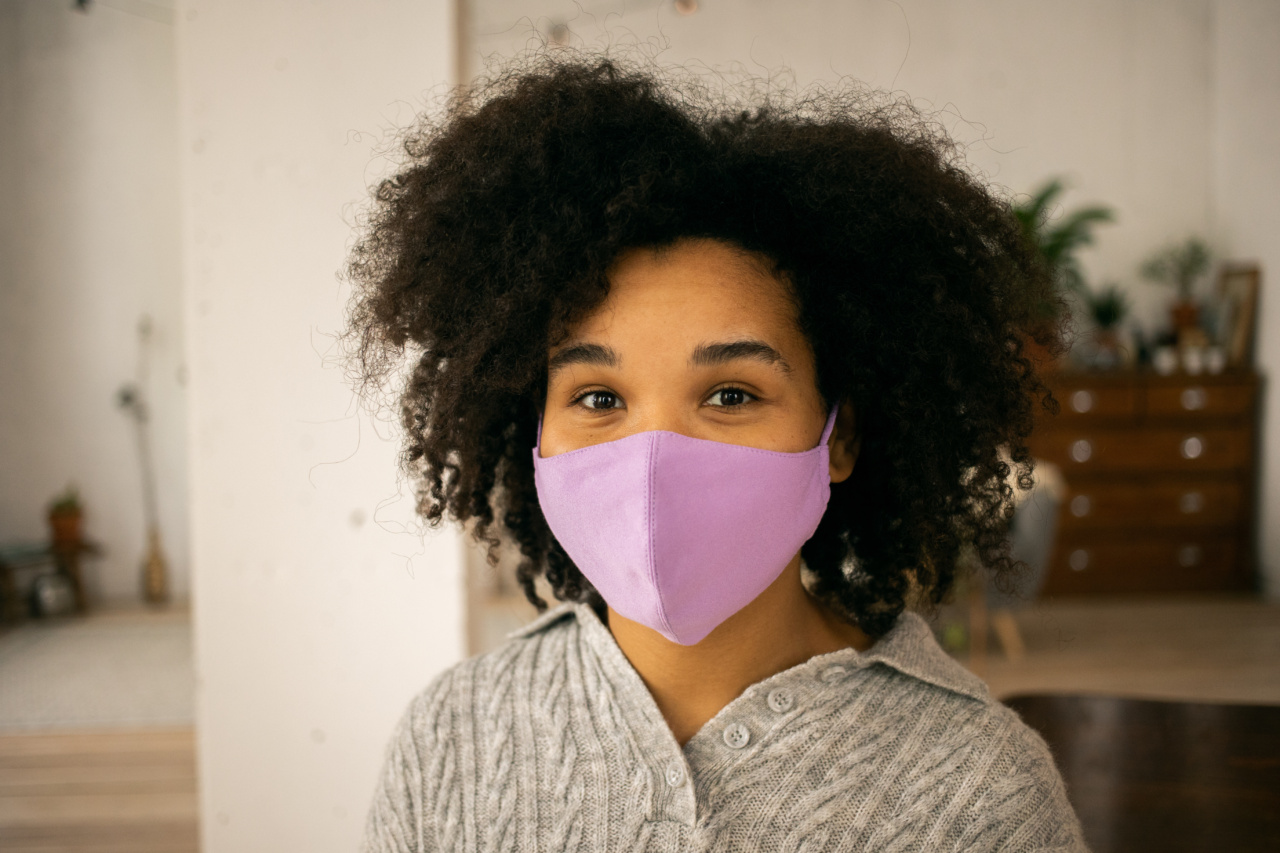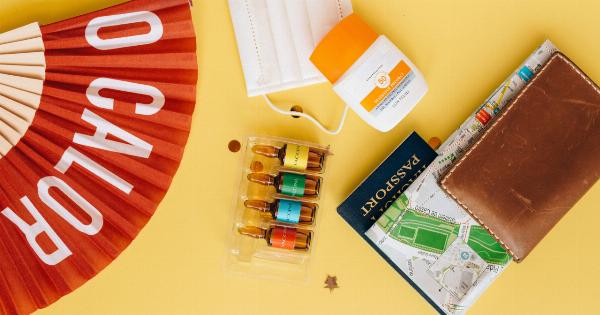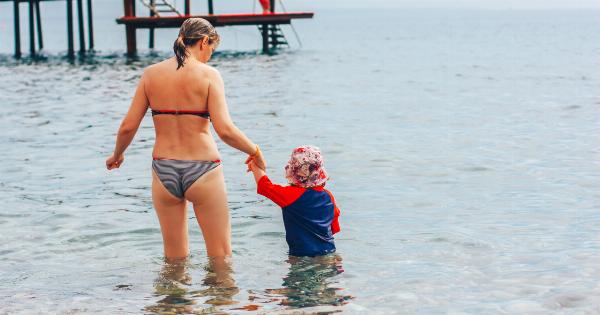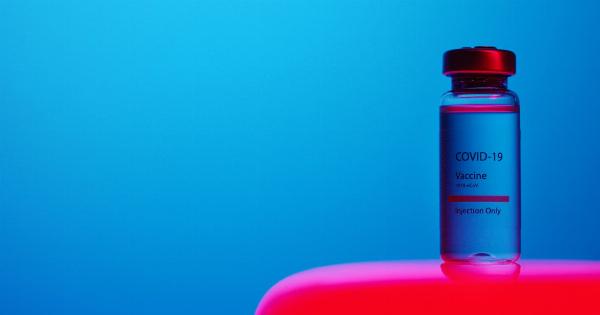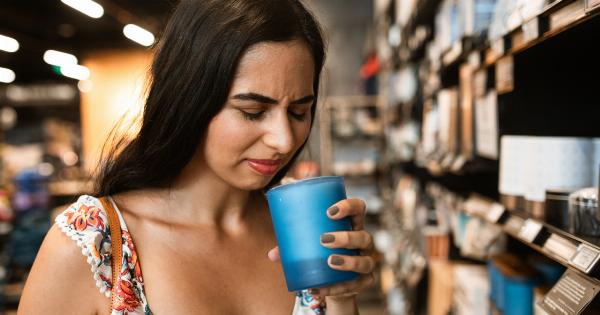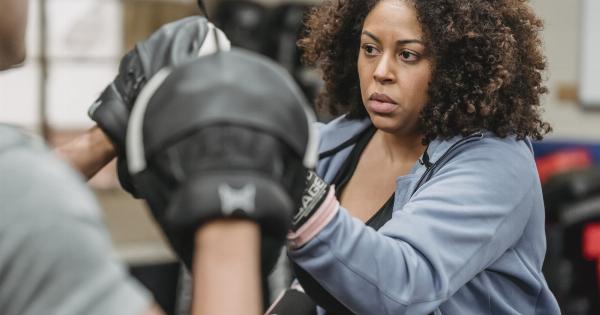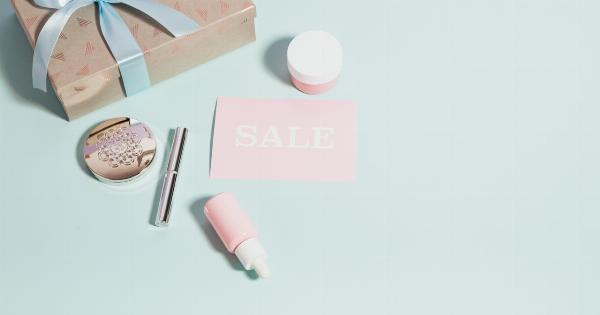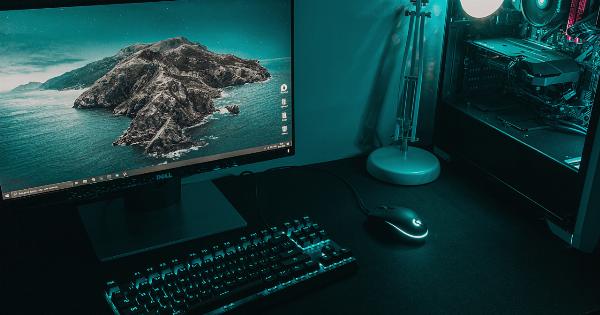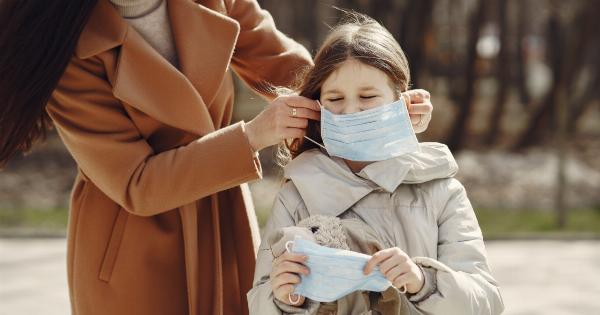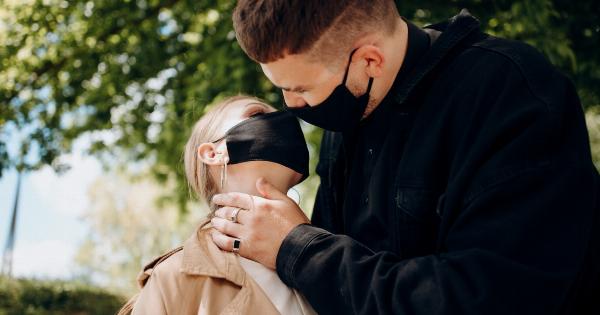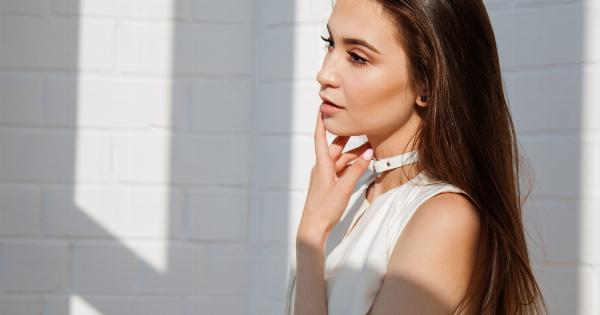Spending time outdoors under the sun is a delightful way to enjoy nature and get some much-needed Vitamin D. However, it is crucial to understand the potential dangers of prolonged exposure to sunlight and take necessary precautions to prevent sunburns.
Sunburns not only cause temporary discomfort but also increase the risk of skin cancer. In this article, we will discuss who is most vulnerable to sunburns and how to protect them effectively.
Understanding Sunburns
Sunburn is a type of skin damage caused by the sun’s ultraviolet (UV) radiation. When our skin is exposed to excessive UV radiation, it damages the DNA in our skin cells, leading to inflammation and redness.
Sunburns can be mild or severe, depending on the intensity and duration of exposure.
Who Is Most Vulnerable to Sunburn?
While sunburn can affect anyone, certain individuals are more vulnerable due to their skin type and other factors. People with fair or light skin, blonde or red hair, and blue or green eyes are more susceptible to sunburns.
Their skin contains lower levels of melanin, the pigment that provides natural protection against UV radiation, making them more vulnerable to sun damage.
Individuals with a history of sunburns or those who have a family history of skin cancer also have a heightened risk.
Additionally, certain medications, such as antibiotics, diuretics, and some acne treatments, can increase the skin’s sensitivity to UV radiation.
How to Protect Vulnerable Individuals from Sunburns
Protecting vulnerable individuals from sunburns requires a combination of preventive measures and sun safety practices. Here are some essential steps to follow:.
1. Seek Shade
Avoid direct sunlight during the peak hours of the day, typically between 10 a.m. and 4 p.m. If possible, seek shade under trees, umbrellas, or canopies to minimize UV exposure.
2. Wear Protective Clothing
Dressing appropriately can greatly reduce the risk of sunburn. Encourage vulnerable individuals to wear long-sleeved shirts, long pants or skirts, and wide-brimmed hats that cover their face, neck, and ears.
Dark-colored and tightly woven fabrics offer better protection than light-colored or loosely woven ones.
3. Apply Sunscreen
Using broad-spectrum sunscreen with a sun protection factor (SPF) of 30 or higher is crucial. Apply sunscreen generously to all exposed skin, including the face, neck, arms, and legs.
Remember to reapply every two hours, or more frequently if swimming or sweating excessively.
4. Wear Sunglasses
Protecting the eyes from harmful UV radiation is just as important as safeguarding the skin. Encourage vulnerable individuals to wear sunglasses that block 100% of UVA and UVB rays to reduce the risk of eye damage and cataracts.
5. Stay Hydrated
Proper hydration is essential for overall health and helps maintain the skin’s natural defenses. Encourage vulnerable individuals to drink plenty of water, especially when spending time outdoors under the sun.
6. Avoid Tanning Beds
Tanning beds emit harmful UV radiation that can cause severe skin damage and increase the risk of skin cancer. It is important to avoid using tanning beds altogether, especially for vulnerable individuals.
7. Be Aware of Medications
If a vulnerable individual is taking medications that increase skin sensitivity to UV radiation, it is important to consult their healthcare provider or pharmacist for advice.
They may recommend additional precautions or alternative medications to minimize the risk of sunburns.
8. Educate About Skin Self-Examinations
Teach vulnerable individuals how to perform regular skin self-examinations to identify any suspicious moles, growths, or changes in the skin. Early detection of skin cancer increases the chances of successful treatment.
9. Lead by Example
If you are the caregiver or a role model for vulnerable individuals, practice sun safety yourself. By following the protective measures yourself, you create a safe environment and promote healthy sun habits.
10. Regular Skin Checkups
Encourage vulnerable individuals to schedule regular skin checkups with a dermatologist or healthcare professional. These professionals can assess any changes in the skin and provide personalized advice for sun protection.
Conclusion
Preventing sunburns is essential for everyone, but it is especially crucial for individuals with fair skin, light hair, and a history of sunburns.
By following the protective measures outlined in this article, vulnerable individuals can enjoy time outdoors while minimizing the risk of sunburns and long-term skin damage.
